| Ingredient | Taste Profile | Substitutes | Best Brand |
|---|---|---|---|
| Ancho Chili Powder | Fruity, medium heat | Chipotle or pasilla for more smoke/heat | MexGrocer |
| Guajillo Chili Powder | Earthy, tangy | California chili powder | La Morena |
| Paprika | Smoky, sweet | Smoked paprika preferred; regular okay | Sabatino |
| Oregano | Herbal, bold | Mexican oregano if available; otherwise Greek | Primo Spice |
| Cumin | Earthy, nutty | Coriander in a pinch | The Spice Garden |
What is Al Pastor Seasoning?
Al pastor seasoning is a vibrant Mexican spice blend that creates the signature sweet, smoky, and slightly spicy flavor of al pastor meat. Originating from Lebanese shawarma influences adapted to Mexican ingredients, this seasoning is essential for authentic tacos al pastor and other Mexican dishes.
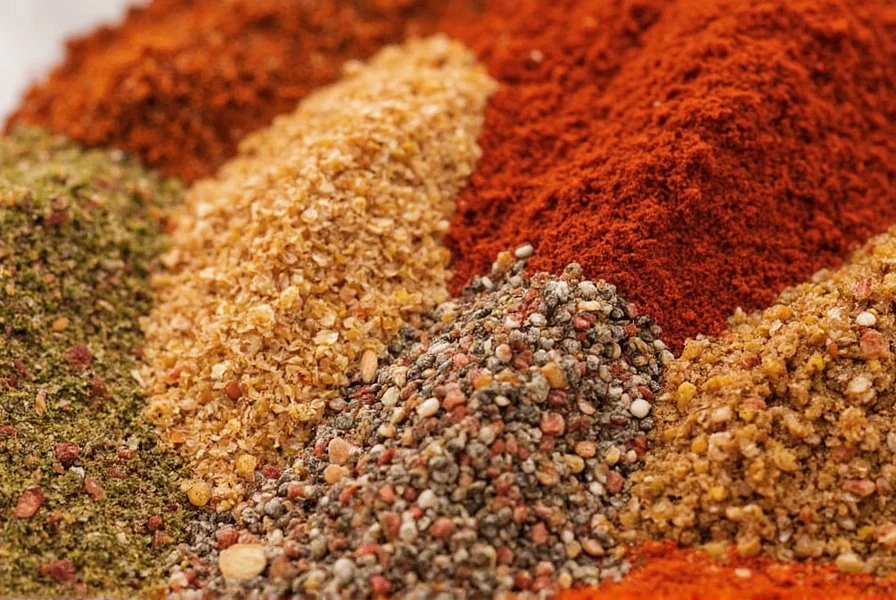
Why Make It at Home?
While you can buy pre-made al pastor seasoning, homemade versions offer superior flavor control, no preservatives, and better cost efficiency. Making your own ensures you get the perfect balance of heat, sweetness, and smokiness tailored to your taste.
Core Ingredients in Al Pastor Seasoning
Al pastor seasoning requires a precise combination of ingredients for authentic flavor:
- Ancho chili powder: Provides deep fruity heat and rich red color
- Guajillo chili powder: Adds bright acidity and mild spiciness
- Smoked paprika: Brings subtle smokiness and vibrant color
- Dried oregano: Earthy herbal note essential to Mexican blends
- Garlic powder: For savory depth
- Cumin: Smoky and warm undertones
- Orange zest: Signature citrusy brightness
- Apple cider vinegar: Tangy backbone for marinades
- Salt: Enhances all other flavors
- Brown sugar or piloncillo: Sweetness to balance flavors
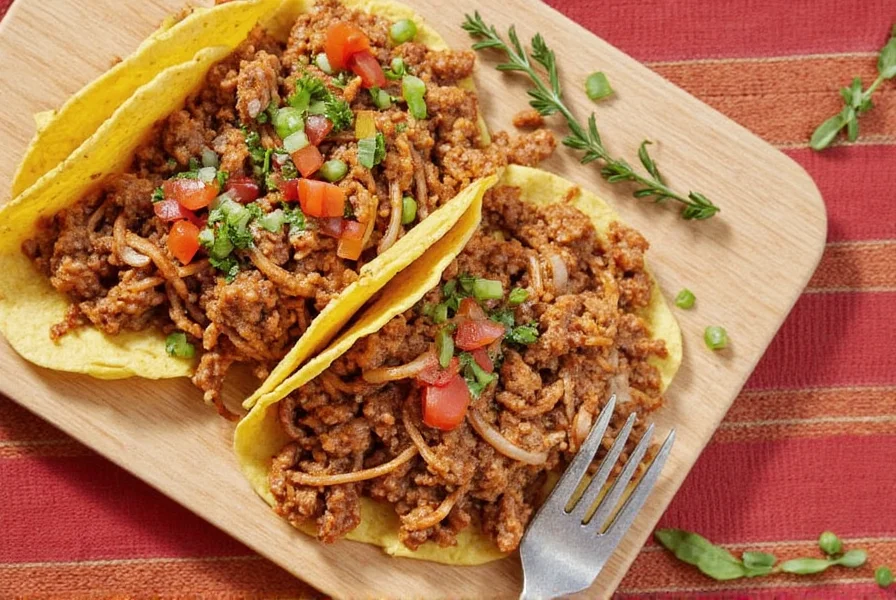
Step-by-Step Recipe for Homemade Al Pastor Seasoning
Follow these simple steps to create authentic al pastor seasoning:
- Gather ingredients: 2 tbsp ancho chili powder, 1 tbsp guajillo chili powder, 1 tsp smoked paprika, 1 tsp ground cumin, 1 tsp dried oregano, 1 tsp garlic powder, 1 tsp orange zest, ½ tsp salt, 1 tsp brown sugar or piloncillo
- Mix thoroughly: Whisk all ingredients until well combined
- Store properly: Keep in an airtight container in cool, dark place for up to 6 months
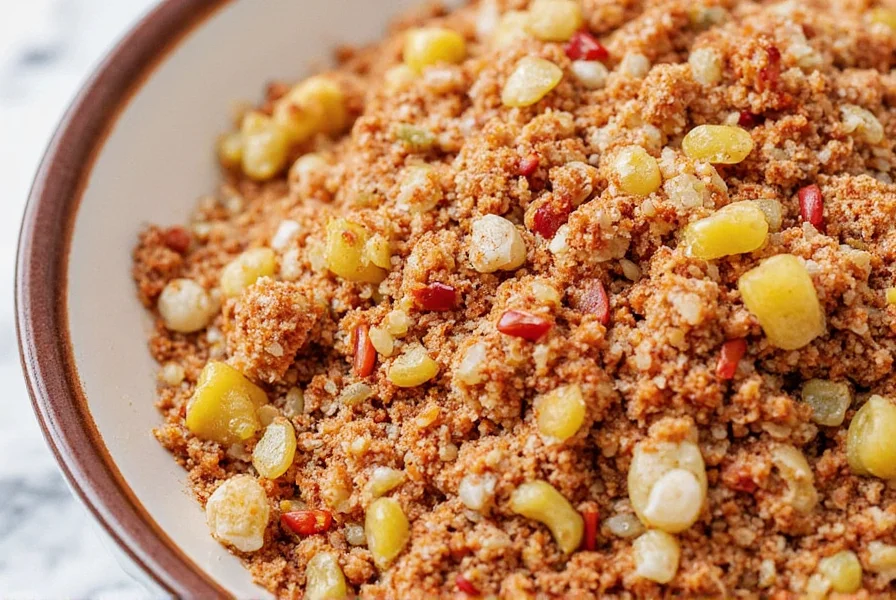
How to Use Al Pastor Seasoning
This versatile blend works for multiple applications:
- Marinade: Mix 2-3 tbsp seasoning with ¼ cup orange juice, 1 tbsp apple cider vinegar, and 1 tbsp olive oil. Marinate pork shoulder for 4+ hours
- Dry rub: Sprinkle on chicken, steak, or tofu before cooking
- Vegetable seasoning: Toss with roasted vegetables or grilled corn
- Bean enhancer: Stir into black or pinto beans for instant flavor boost
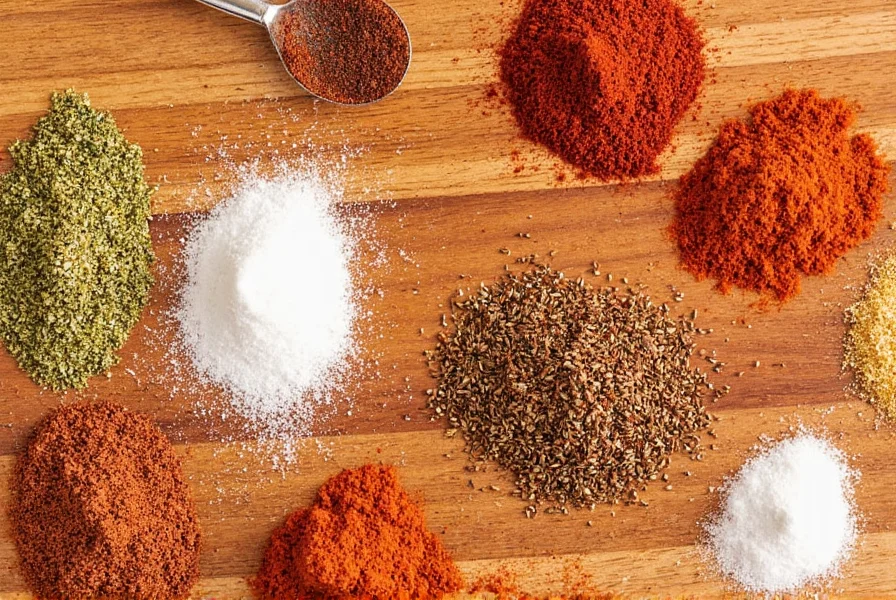
Buying Guide: Top Spice Brands
La Costeña Al Pastor Seasoning
- Features: Pre-mixed, classic flavor profile
- Best for: Quick weekday tacos and beginners
MexGrocer DIY Al Pastor Kit
- Features: Individual spices for custom blending
- Best for: Cooking enthusiasts and culinary students
McCormick Gourmet Mexican Seasoning Blend
- Features: Widely available, milder flavor
- Best for: Casual cooks and Mexican cuisine beginners
Pro Tips & Flavor Hacks
- Add pineapple juice: For traditional sweetness and tenderizing effect
- Toast spices: Lightly dry-roast whole spices before grinding for enhanced flavor
- Use on eggs: Sprinkle over scrambled eggs for spicy breakfast option
- Infuse oils: Mix seasoning into olive oil for marinades or dressings
Frequently Asked Questions
How long does homemade al pastor seasoning last?
Stored in an airtight container away from heat and light, homemade al pastor seasoning maintains peak flavor for 3-4 months. While safe indefinitely, volatile oils degrade over time causing flavor loss. Replace after 6 months for best results.
Can I make al pastor seasoning without chili powder?
Chili powder is essential for authentic flavor, but you can substitute by toasting 2 dried ancho chilies and 1 guajillo chili, removing stems/seeds, and blending with 1 tsp smoked paprika. Note: Texture will be coarser than powder-based versions.
How can I adjust the heat level?
For milder seasoning: reduce ancho powder to 1 tbsp and increase paprika to 1.5 tsp. For extra heat: add ¼-½ tsp cayenne or replace ancho with chipotle powder. Always adjust incrementally and taste as you blend.
Is al pastor seasoning gluten-free?
Yes, when made with pure spices as in this recipe. Verify individual spice labels for celiac disease or severe sensitivity due to potential cross-contamination during processing.
Can I use this seasoning for vegetarian dishes?
Absolutely! Try it on jackfruit "carnitas," roasted sweet potatoes, grilled portobello mushrooms, or cauliflower steaks. Marinate tofu or seitan in al pastor paste (seasoning mixed with orange juice and vinegar) for 2+ hours before cooking.
Why does my al pastor seasoning taste bitter?
Bitterness usually comes from: 1) Over-toasted spices, 2) Old or stale chili powders, or 3) Too much cumin. Fix by blending in ½ tsp brown sugar and 1 tsp fresh orange zest to balance flavors.
What's the difference between al pastor and adobo seasoning?
Al pastor features pineapple/orange notes with ancho/guajillo chilies for moderate heat. Adobo is smokier (chipotle-heavy), more acidic (vinegar-forward), and saltier. Al pastor works best for marinated meats, while adobo suits braises and stews.
Final Thoughts
Mastering al pastor seasoning opens doors to authentic Mexican flavors in your kitchen. From tacos to roasted vegetables, this versatile blend transforms ordinary meals into fiesta-worthy dishes. Whether you make it from scratch or choose a trusted brand, al pastor seasoning is a must-have for any spice rack.
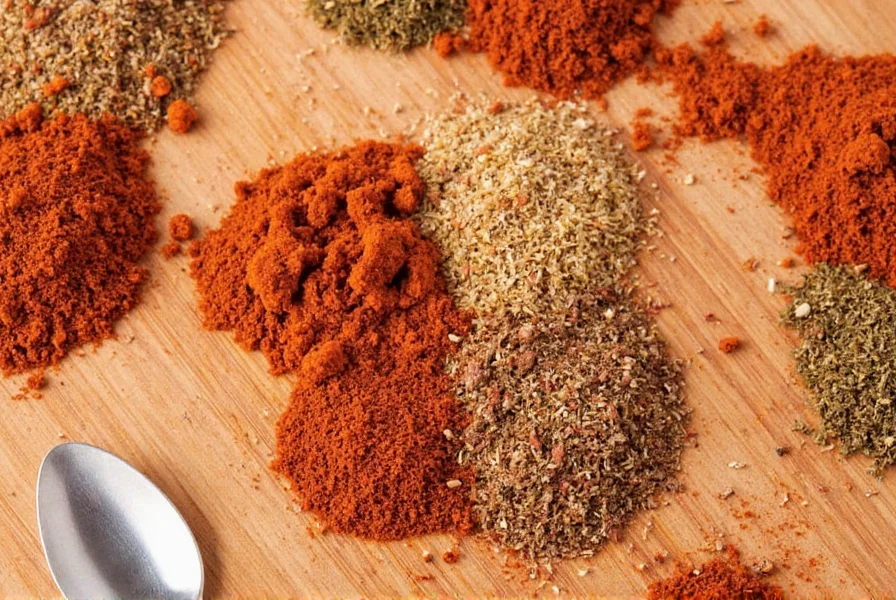

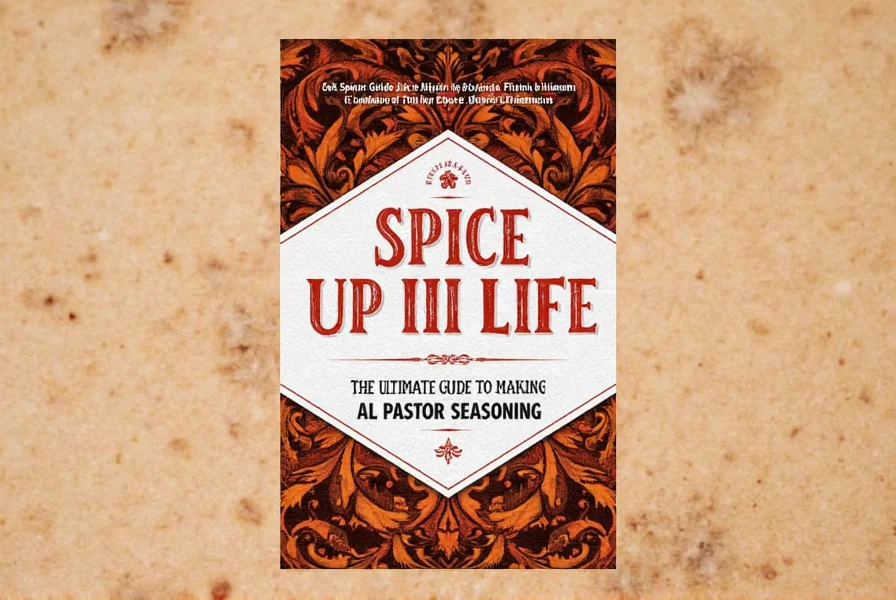









 浙公网安备
33010002000092号
浙公网安备
33010002000092号 浙B2-20120091-4
浙B2-20120091-4